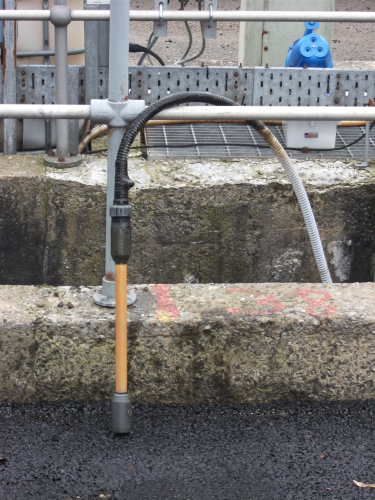
Hach Lange says that in the past it has been almost impossible to monitor influent because of the physical and biological challenges that sewage presents, such as ragging and biofouling, for example. However, following trials at a number of UK wastewater treatment plants, Hach Lange adds that its system has been found to works well in these difficult conditions.
One of the influent parameters of most interest is phosphate. This is because there are tight discharge consents in the UK to prevent the build-up of nutrient levels in rivers, streams and groundwater. It is common practice therefore to remove phosphate by chemical precipitation with ferric sulphate to form ferric phosphate which can be removed as sludge. In the past, this has been achieved by dosing the ferric solution at a constant or flow proportional rate. However, phosphate levels in the influent can vary considerably, particularly when there is a significant contribution from trade discharges, so dose rates are generally set to accommodate the higher levels of influent phosphate to minimise compliance risk.
Now that it is possible to obtain a continuous representative sample of the influent, live phosphate data can be derived from a Phosphax sc orthophosphate analyser, which, along with a phosphate removal real-time control module (P-RTC) utilises influent monitoring data to determine the phosphate load and calculate the dose rate to achieve the required removal percentage. It is also possible to monitor phosphate after dosing in order to establish feedback control in a closed loop system.
The P-RTC helps ensure that the plant is able to respond quickly to influent phosphate spikes whilst maintaining consent compliance for both phosphorus and iron.
The sampling system also includes new design features including bespoke filter cartridges, which are cleaned by backflushing and air scouring.





